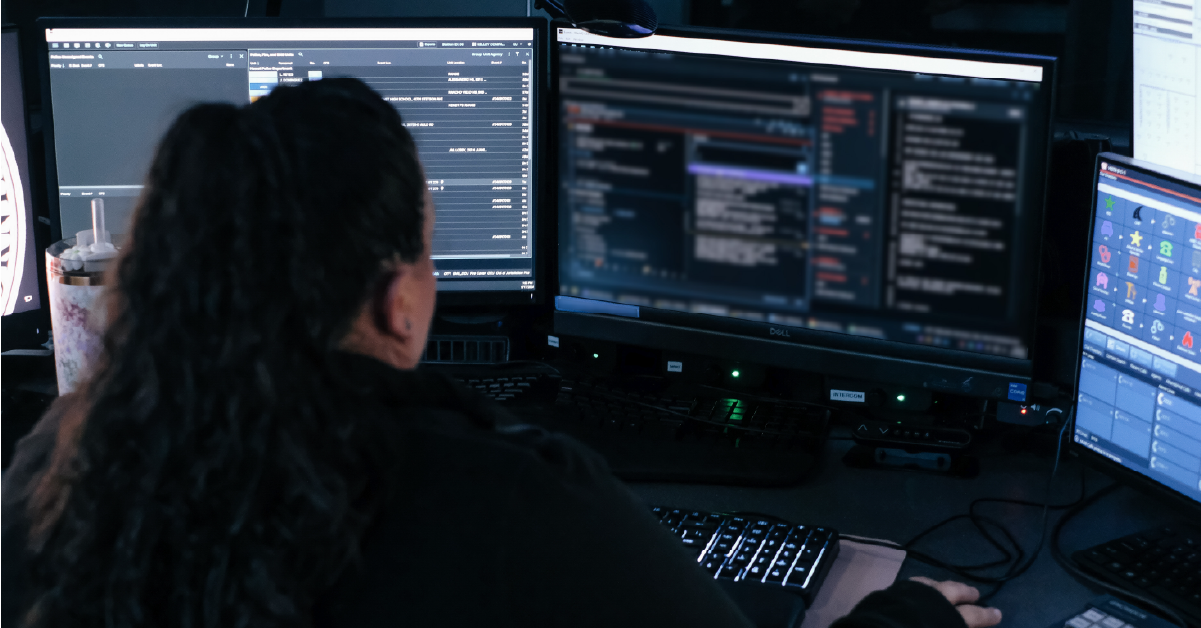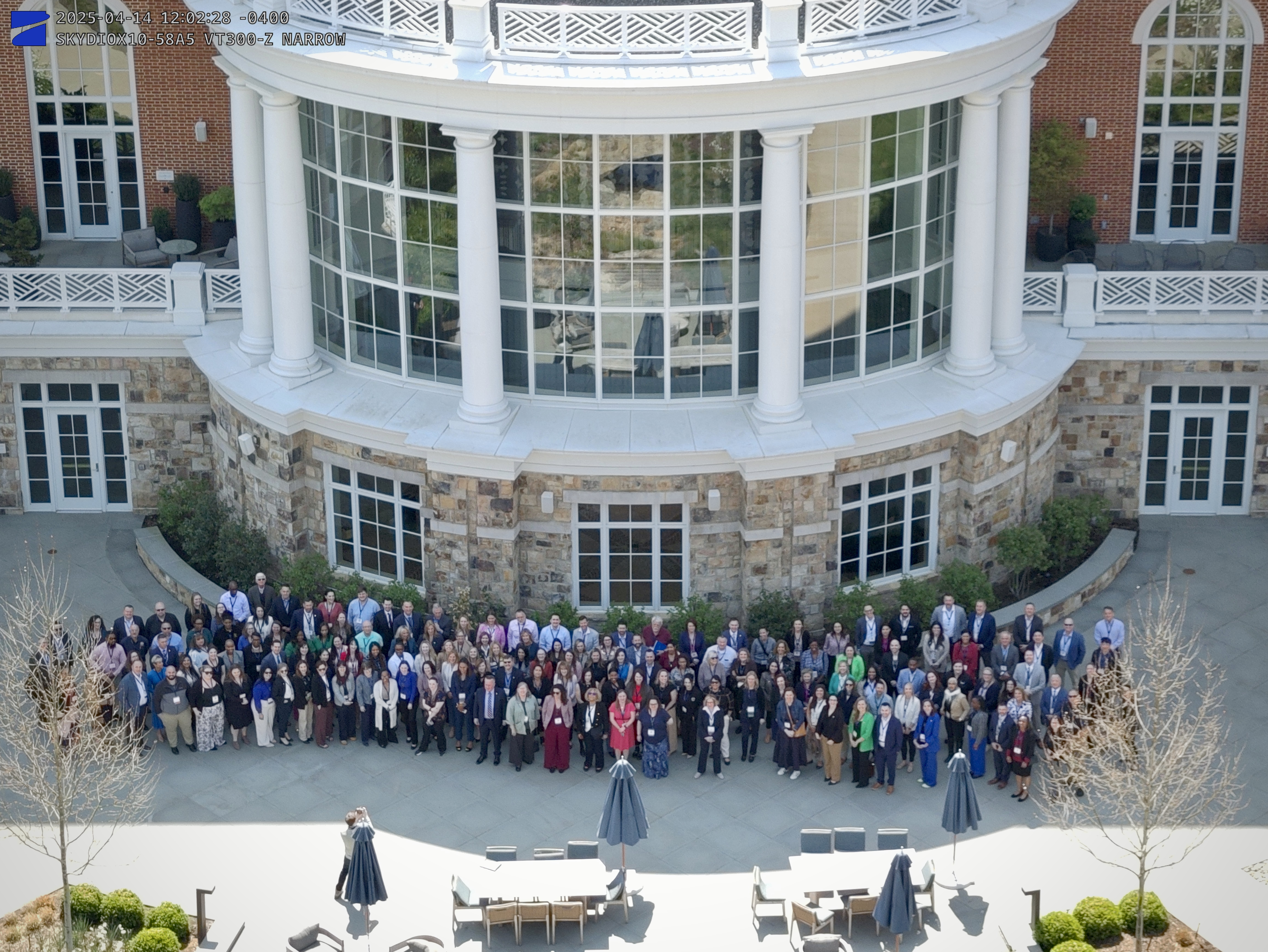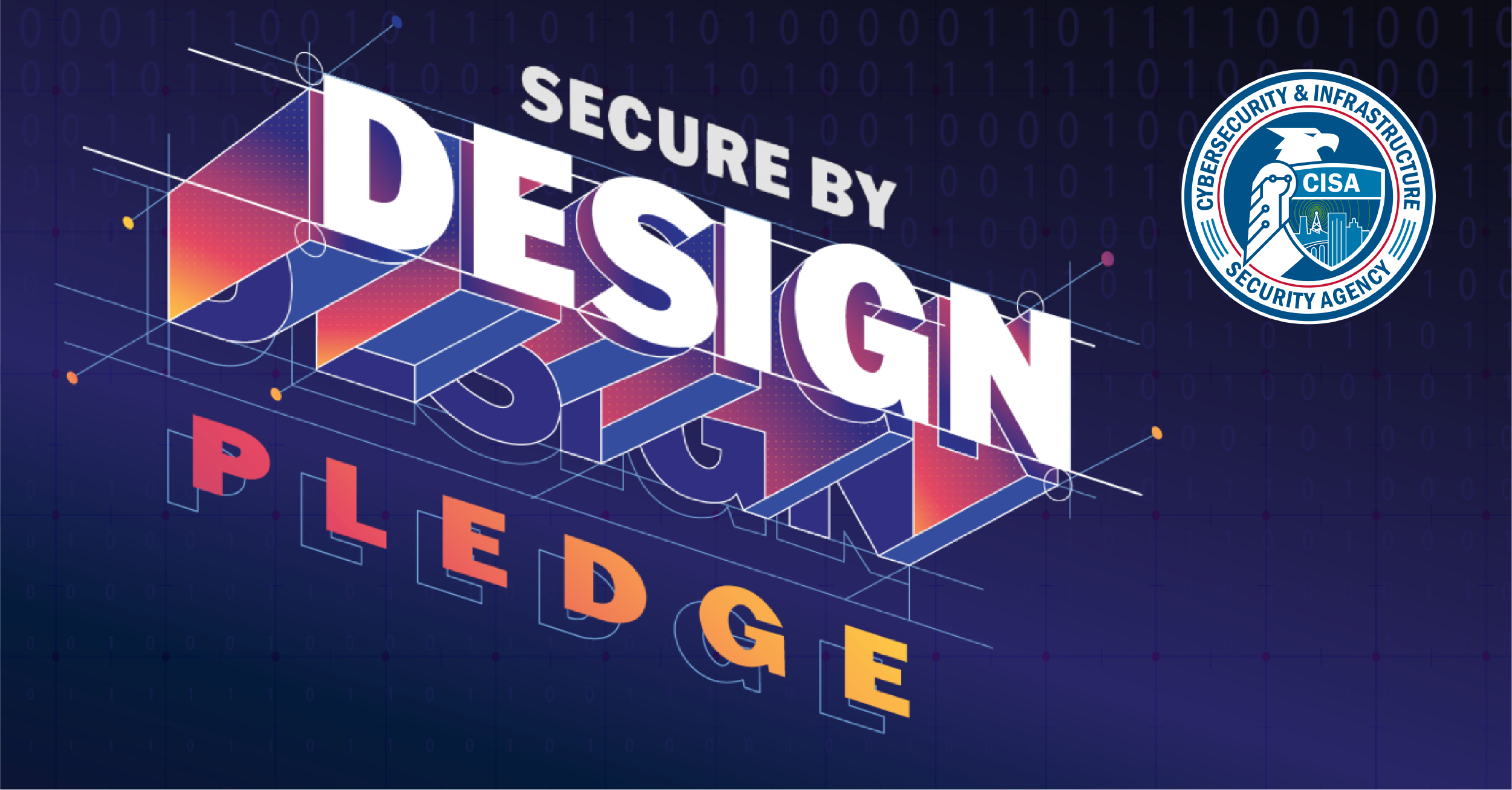
Public safety agencies find themselves in a rapidly changing environment. As a result, public safety will look very different in 2022 and beyond.
Here are 22 things for agencies to consider as they lead through 2022.
- Public safety agencies must be proactive in assessing their role in their communities, or risk having changes imposed upon them.
- Authenticity is key to unlocking a community’s problem-solving potential. If stakeholders can assume everyone present has good intentions, then they can connect as neighbors.
- Context-driven mobile apps can help ensure the safety and effectiveness of first responders by providing them with the critical information they need at any particular moment.
- Communities and other stakeholders thrive when they can see themselves represented in local policies, practices, and personnel. Be sure to seek out their input at every stage.
- Hacks happen. Be ready to respond.
- The areas most impacted by the “reimagining public safety” conversation continue to be situations involving mental health crises and traffic stops.
- Prioritize data collection, analysis, and reporting. Good data can be used to drive decision-making, policy formation, and community engagement.
- Innovative co-responder programs, mobile crisis teams, and civilian-only responses are appearing in cities around the world. Agencies should look to these models for examples of what may work in their community.
- Proactively partnering across departments and jurisdictions is how leading agencies are implementing reimagined responses. Consider reaching out to other agencies, the private sector, nonprofits, and community organizations to collaboratively meet community needs.
- Citizens are taking an active role in public safety problem-solving, and agencies are rethinking their engagement through three tenets: availability, accessibility, and authenticity.
- Invite all stakeholders to actively participate in root-cause analyses and share their stories and pain points.
- Public safety agencies should set bold but attainable targets to increase diversity. An agency should reflect the community it serves.
- Intentionally recruit women. Research has shown that gender diversity strengthens the field of public safety and our communities.
- Modern technologies offer first responders incredible situational awareness, and are only limited by imagination. Together, agencies, community organizations, and private companies can continue to innovate first responder support.
- Mobile technologies enable officers to document accidents in the field, allowing them to finish reports faster and spend more of their shift with the community.
- Leading municipalities successfully introduce new technologies by involving first responders and the community in the technology procurement process. Failure to do so can lead to strong resistance.
- The most effective way for agencies of all sizes to augment limited IT resources is by leveraging the cloud. Government cloud providers employ the world’s top cybersecurity experts and spend more than a billion dollars a year in cyberdefense.
- Cyberattacks are growing in number and complexity. All government organizations must have a crisis plan designed specifically for cyberattacks.
- The use of consent decrees will likely expand due to calls for state attorneys general to conduct their own investigations within their jurisdiction.
- It is wise to ensure agency policy and procedures adhere to 21st century policing best practices. Maintaining professional standards is a key step toward avoiding investigations that could trigger a consent decree.
- Systematic data capture, analysis, and reporting can identify areas for improvement and maintain constitutional policing practices.
- Data sharing with the community helps to mend relationships and is an opportunity for agencies to tell their stories to the public.
At Mark43, our solutions help public safety agencies address the unique challenges they face. We are constantly growing and improving to keep up with the changing world of public safety through our cloud-native public safety platform.




